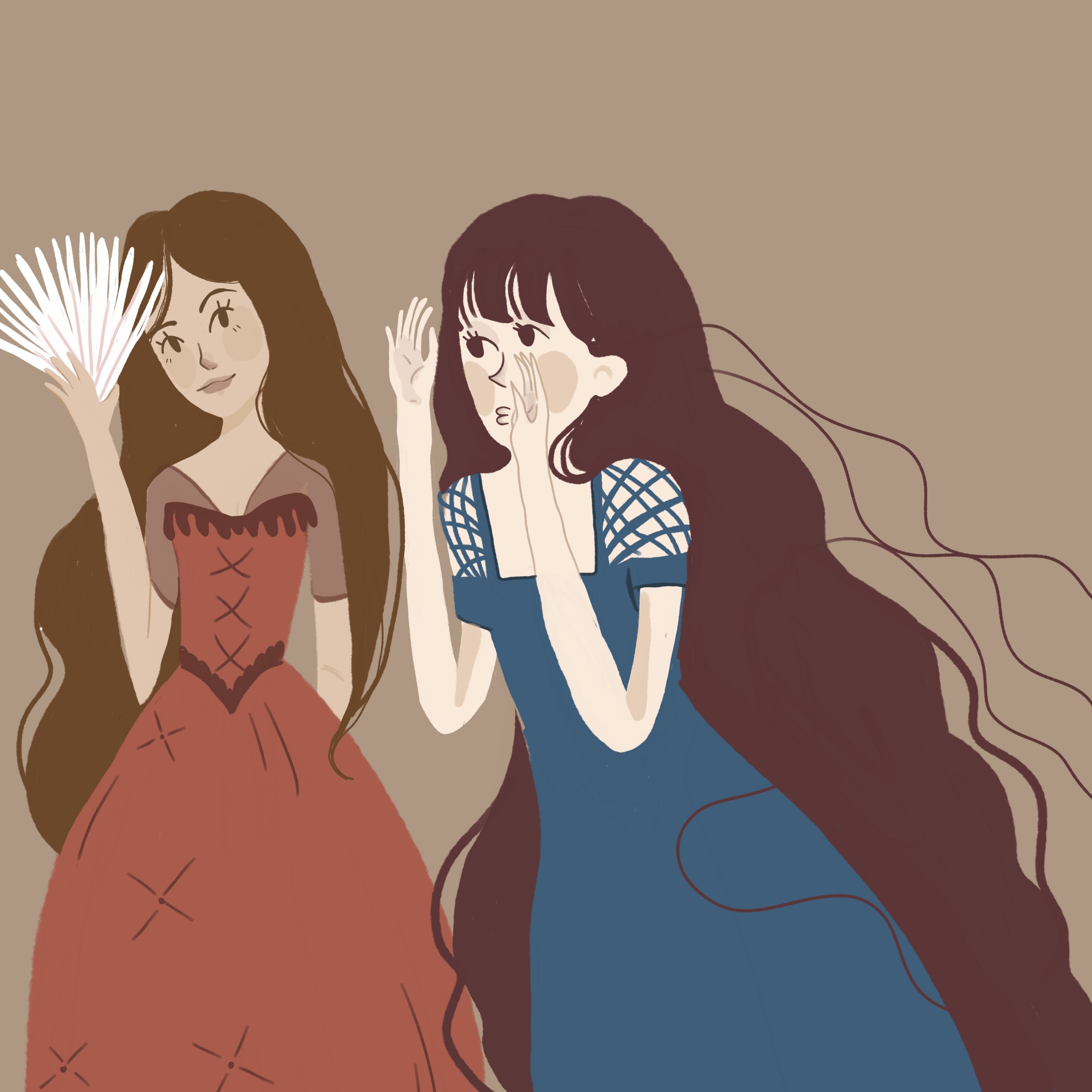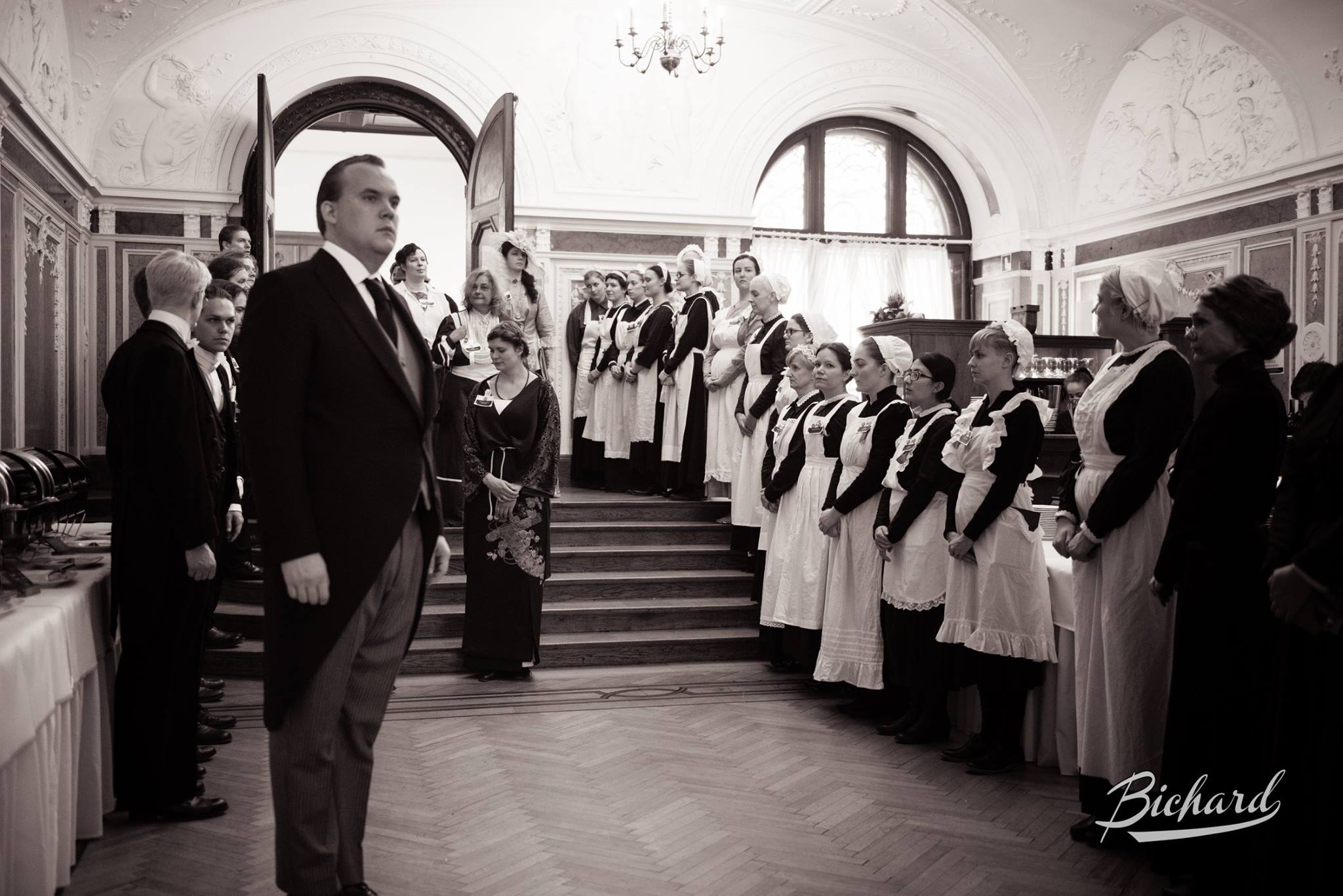Tag: Review
-

Did We Wake?
Reflections on Before We Wake, a larp played in 2015, a larp which refused to let go, which insisted on being untangled…, and utterly unlike any other larp ever played.
-

Searching for Meaning in House of Craving
in
In the larp House of Craving, there is untapped potential for more multi-faceted work, more comprehensive immersion that would not sacrifice meaning on the altar of sensation.
-

Possible, Impossible Larp Critique
in
We have not developed similar institutions of critique as exist in the world of passive art. The larp community seems to rely on hearsay, impressions and publicity materials.
-

This Larp Sucked – and Everyone Should Get to Read About It
in
Larp needs more player feedback – and it doesn’t need to be art critique.
-

Review of Larp Design: Creating Role-Play Experiences
in
The gorgeous and impressive Larp Design book is a collection of practical and useful essays for beginners as well as experienced designers.
-

#Feminism – Reviewing the Nano-Game Anthology
A couple of months ago, I received my copy of “#Feminism: A nano-game anthology”. I took me only two days to read all the games and I was so excited about testing a lot of them.
-

Fairweather Manor – The Latest Iteration of the Blockbuster Formula?
Fairweather Manor is a historically-inspired international larp for 140 whose first run took place in Zamek Moszna, Poland, on the 5-8th of November 2015. It was created by the Liveform/Rollespilsfabrikken team already behind the creation of College of Wizardry. As such, the format, creative team, and overall design of the larp connects Fairweather Manor to…
-

A Refreshing Take on Larp in Film: Review of Treasure Trapped
in
Treasure Trapped (2014), directed by Alex Taylor, is a documentary about larp made by the UK company Cosmic Joke. In a short article in the Wyrd Con Companion Book 2012, the filmmakers describe the background of the film’s journey. The movie started as an exploration of modern day fantasy larp in the UK and its
-

Book Review: Larps from the Factory
Danish larper and larp designer Oliver Nøglebæk has written a review of the larp script collection book Larps from the Factory. Here is an excerpt from the review: I know how much work the creators put into making this book and it shows. It is well written and consistent, which is extra impressive considering the